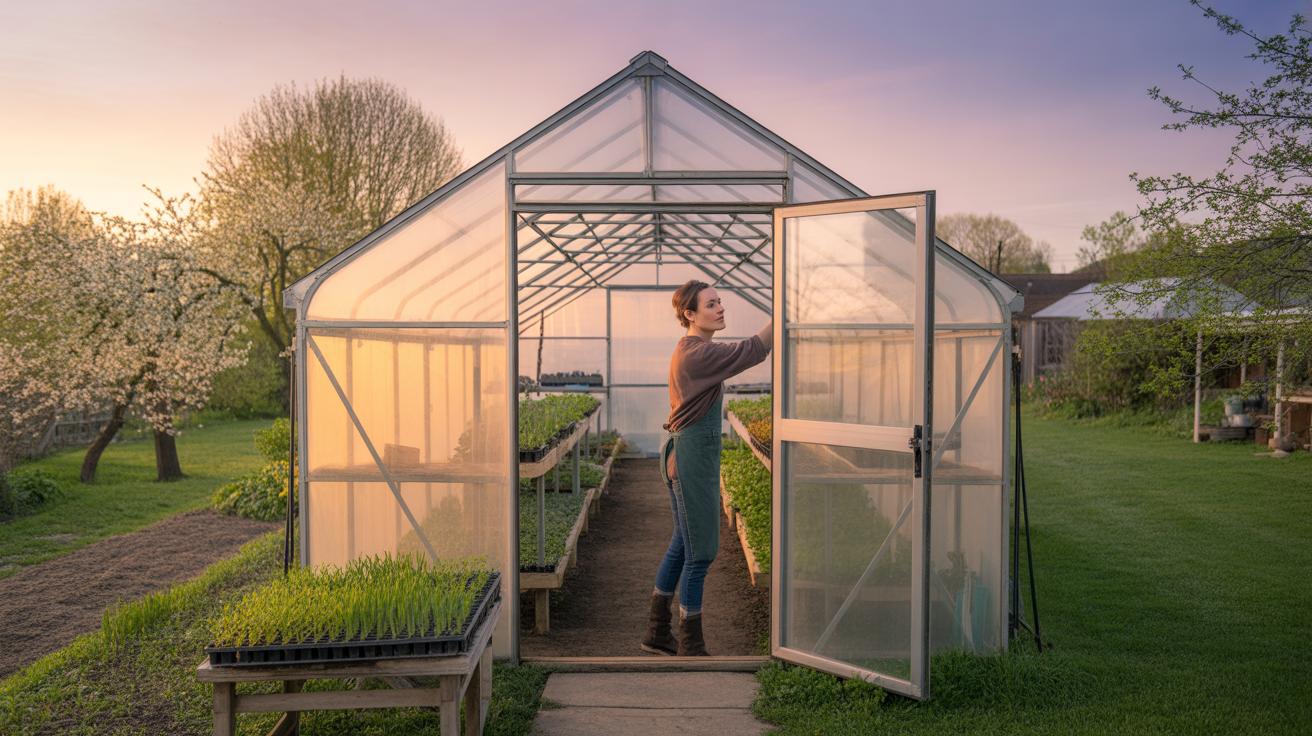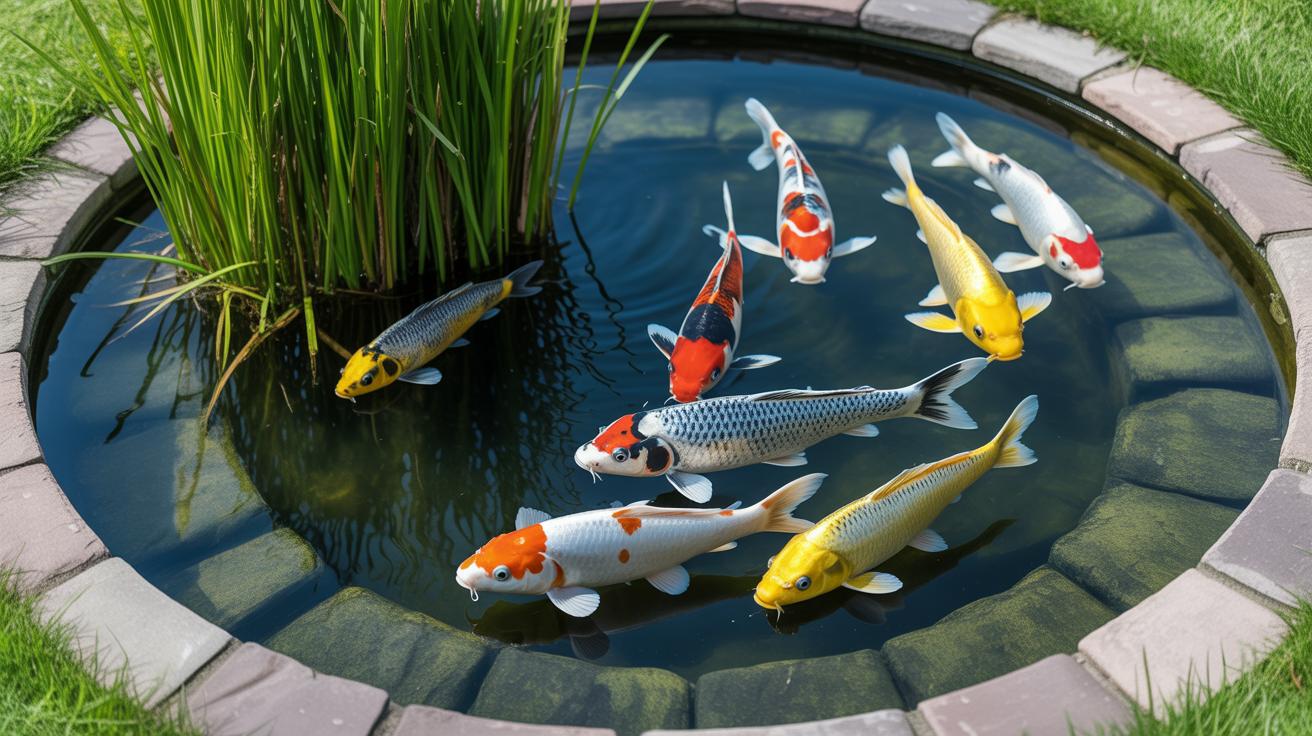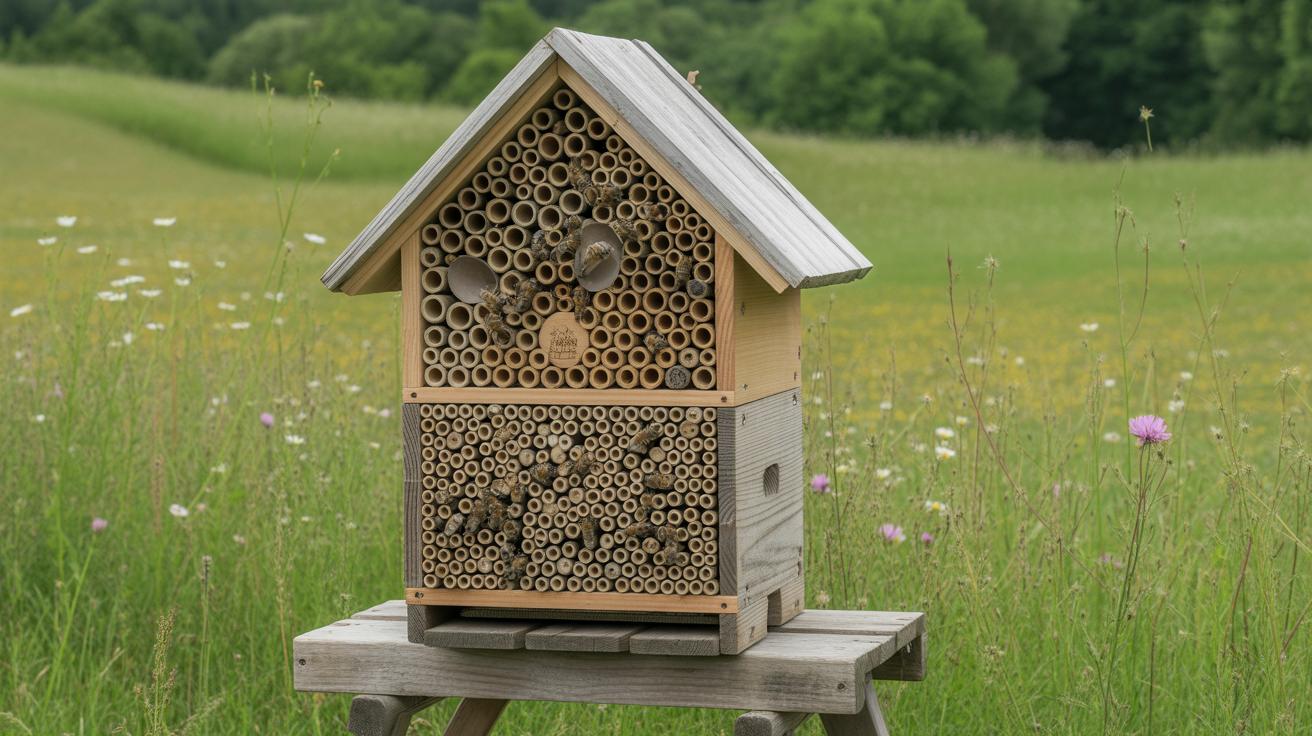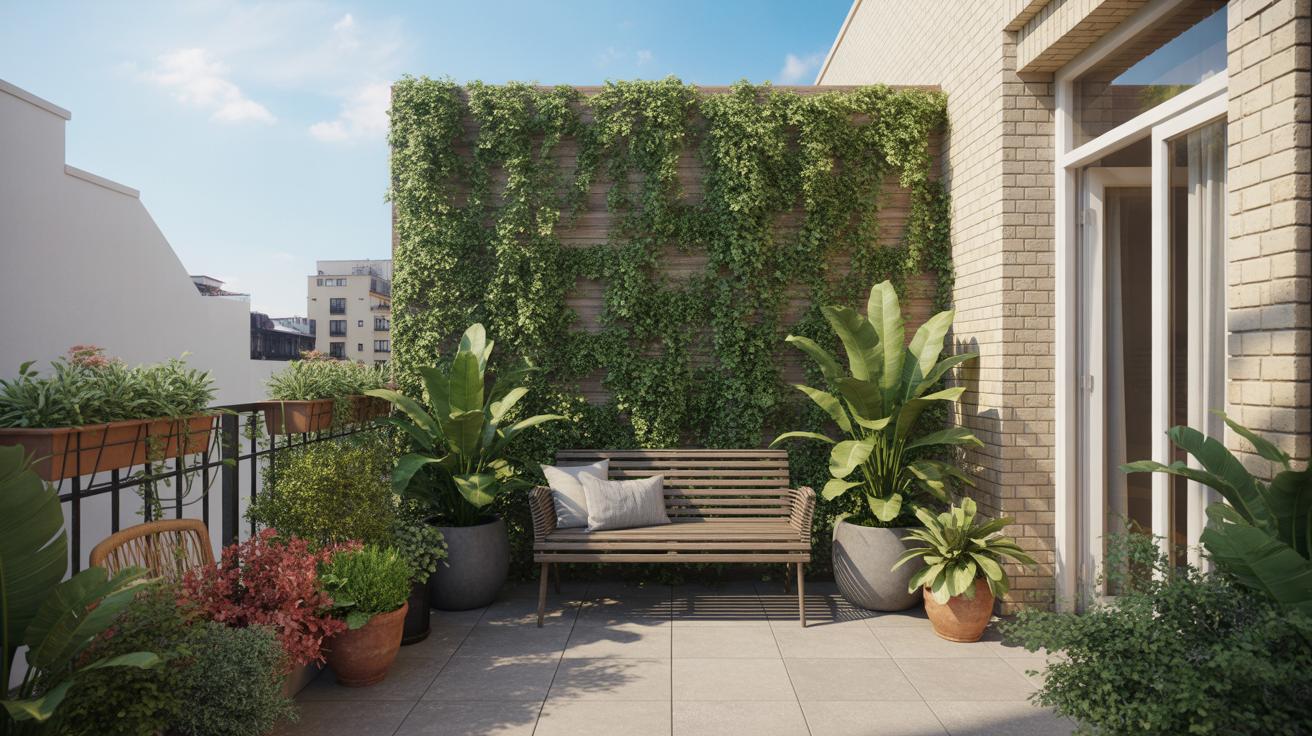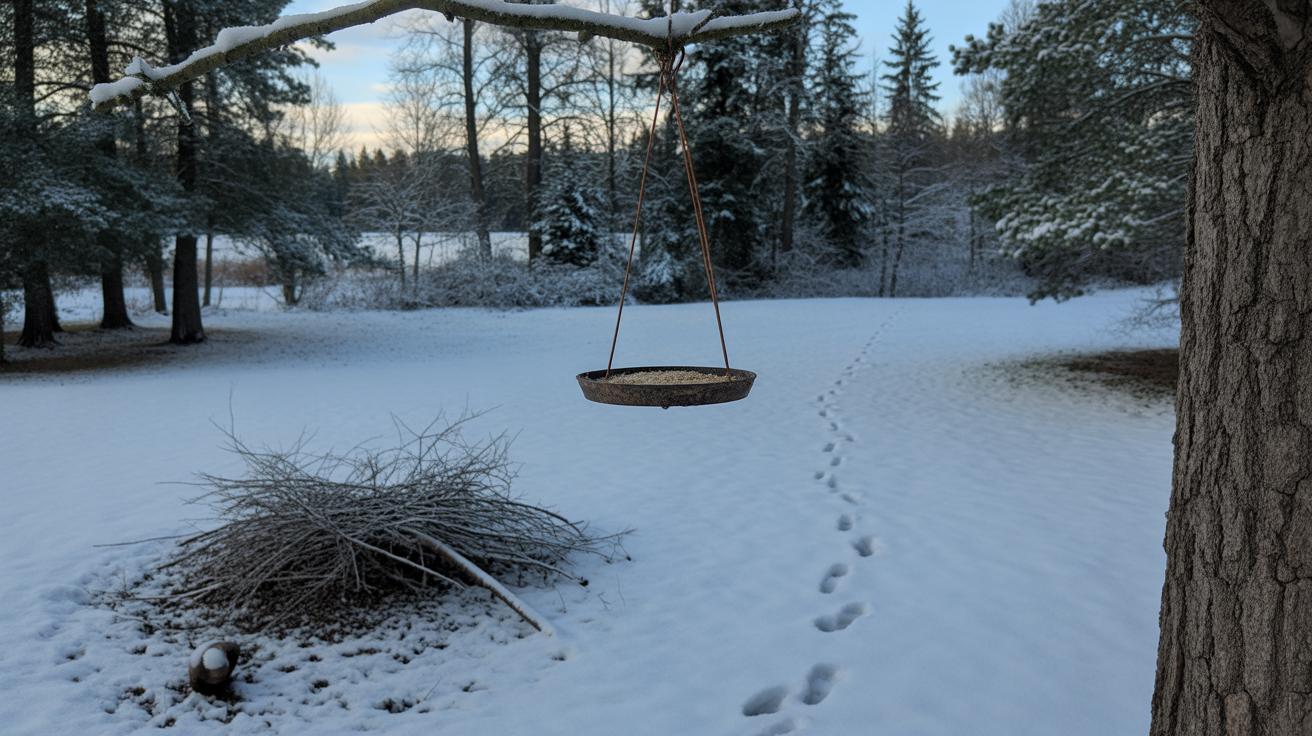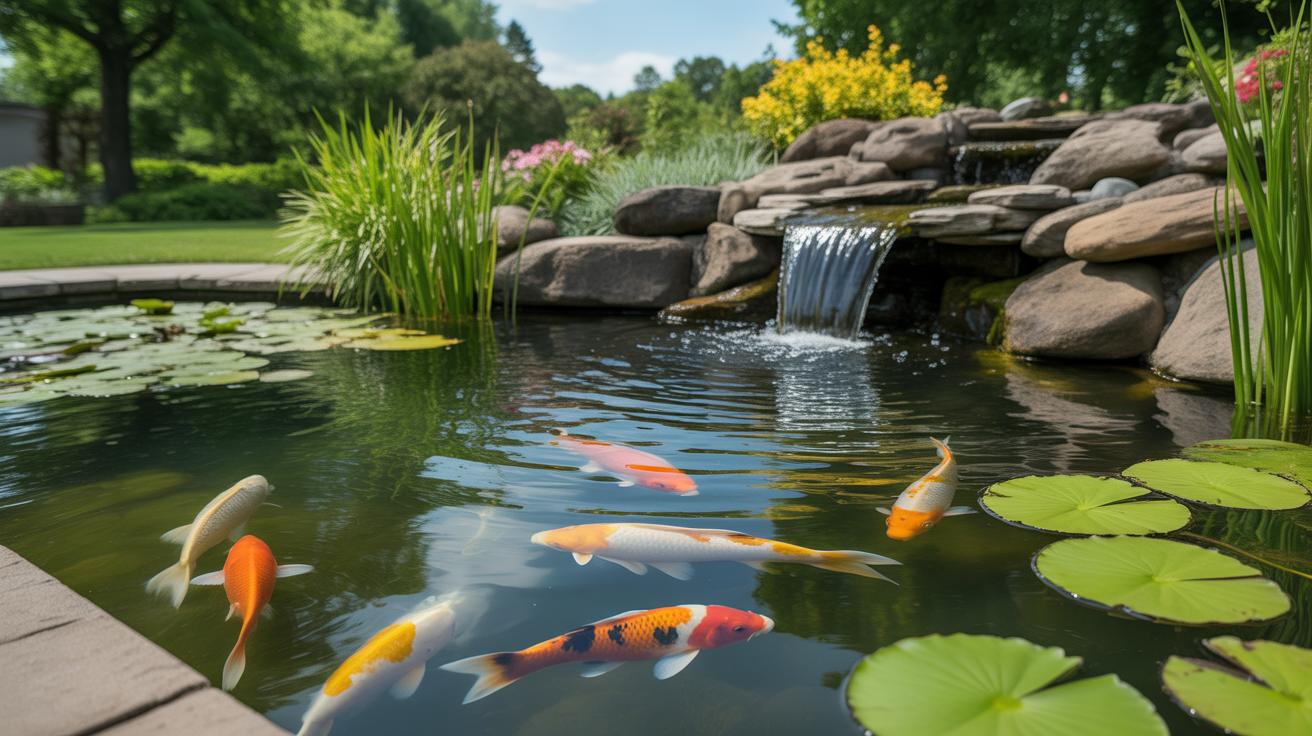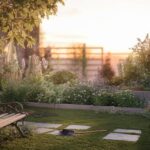Introduction
Growing plants can be a fun and rewarding activity, but the weather often limits when you can grow them. Backyard greenhouses help you keep growing plants even when it’s cold outside. They create a warm and good environment for plants to grow all year round.
In this article, you will learn what a backyard greenhouse is and how it works. We will explore the important things you need to have when making or buying one. You will also see how to take care of your greenhouse and plants to get the best results. Let’s start making your gardening dream last longer.
What Is a Backyard Greenhouse
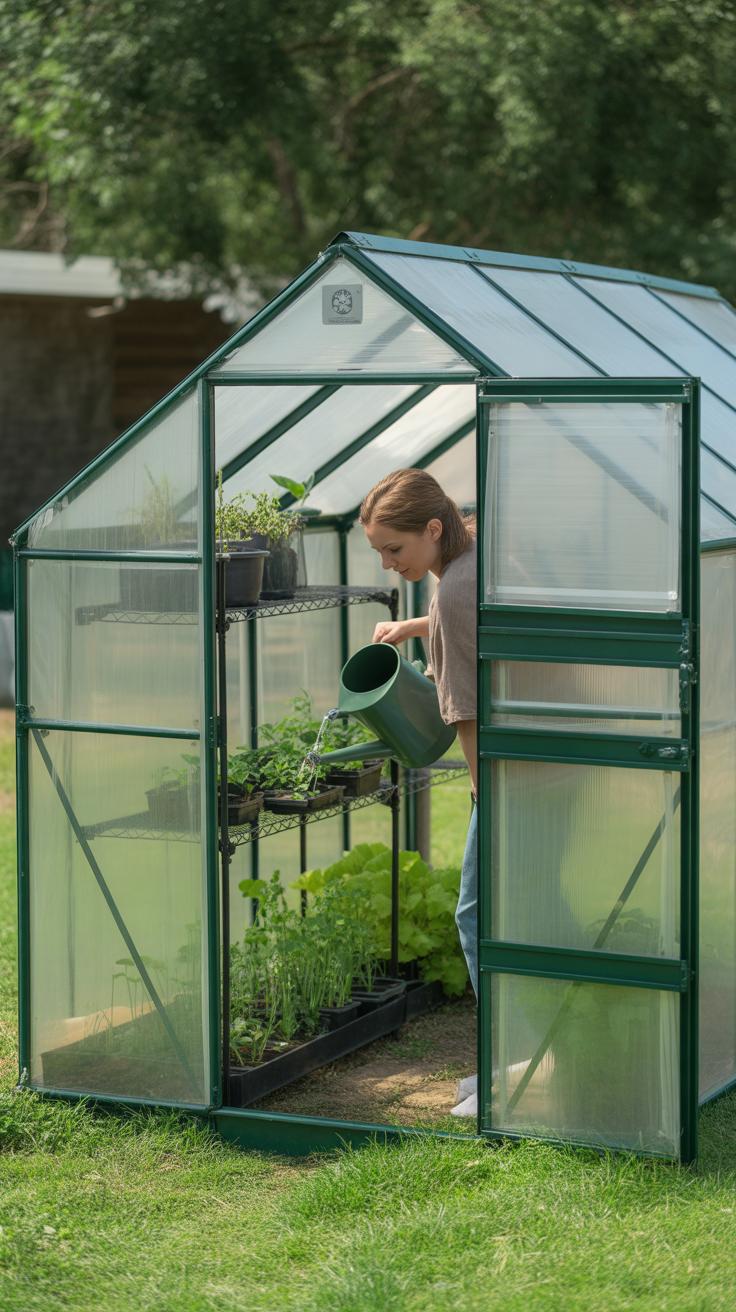
A backyard greenhouse is basically a small, enclosed space built in your garden or yard, designed to grow plants all year round. Think of it as a mini indoor garden with walls made mostly of glass or clear plastic that lets sunlight in. Its main goal is to create a warmer environment than outside, so your plants don’t stop growing when the weather cools down.
Most greenhouses use materials like glass, polycarbonate panels, or flexible plastic sheets. Glass lets in light well but can be fragile. Polycarbonate is tougher and still clear, giving a good balance between durability and light passage. Plastic is cheaper but might not last as long.
Structurally, a basic greenhouse is a frame—often metal or wood—covered with these transparent materials. This allows sunlight to enter during the day, warming up the air inside. That warmth gets trapped, making the inside temperature higher than outside. It’s a simple idea but quite effective for growing plants when it’ll otherwise be too cold or unpredictable outdoors.
Thinking about it, a greenhouse almost seems like a little bubble around your plants. You can pick one to fit your space, from small frames on a patio to larger tunnels or sheds. Each style has its quirks, which I’ll cover next.
Greenhouse Basics
Greenhouses work by catching sunlight and holding that heat inside. During the day, light passes through the clear walls and warms surfaces inside—soil, plants, benches. These warmed surfaces then release heat, which stays trapped because the transparent walls block heat from escaping easily.
This “trapping” effect is called the greenhouse effect—you might have heard the term used in climate discussions, but here it simply means the greenhouse keeps things warmer than outside. On bright days, the temperature inside can be quite a bit higher, even if it’s cold outside.
The clear materials are key. They let visible sunlight in but prevent infrared heat (the warmth) from leaving quickly. That’s why greenhouses and cold frames raise the temperature, often by 10-20 degrees Fahrenheit or more, depending on the day and design. Of course, at night or on cloudy days, the temperature can drop a lot without extra heating.
Different Types of Greenhouses
Backyard greenhouses come in varieties suited to different needs and budgets. Here are the main types:
- Frame greenhouses: Small and simple, these usually have wood or metal frames covered in glass or plastic panels. They’re easy to build and good for limited space but might need extra heating during very cold weather.
- Tunnel greenhouses (hoop houses): Long, rounded structures made with flexible pipes or hoops covered by plastic sheets. They’re lightweight, relatively inexpensive, and easy to move or expand, though less sturdy in storms.
- Shed greenhouses: These look like small garden sheds, often with solid walls on some sides and glass or polycarbonate panels on others or the roof. They offer more protection from wind and cold but need more work to build.
Heating systems vary too. Some greenhouses rely just on the sun’s warmth. Others add small electric or propane heaters depending on size and how much temperature control you want. Ventilation is another factor—most greenhouses have vents or windows you can open to avoid overheating on sunny days.
The type you choose often depends on your local climate, space, and how hands-on you want to be with managing temperature and humidity inside the greenhouse.
Why Use a Backyard Greenhouse

Having a backyard greenhouse changes how you can approach gardening. It’s not just about looking nice—it actually makes a real difference for your plants. For one, greenhouses act like a shield. They protect your plants from the unpredictable weather: rain that might drown seedlings, harsh winds that can snap stems, or sudden cold snaps that would otherwise shock tender roots. You might’ve had those moments where your favorite plant just couldn’t survive an unexpected frost. A greenhouse helps avoid that, by keeping the environment around your plants more stable.
Then there’s the way it stretches the growing season. With a greenhouse, you get to start planting early in spring and keep going late into fall, sometimes even through winter. The structure traps heat, creating a warmer microclimate that lets you grow things you wouldn’t normally think possible during colder months. I remember trying to grow tomatoes outside well into November—usually a no-go for me. In the greenhouse, though, they kept ripening.
Besides weather and season, greenhouses improve overall growing conditions. They let in sunlight but block pests better than open gardens. That means fewer bugs munching on your crops and less need for pesticides. Plus, with some control over humidity and ventilation, your plants can thrive in a sort of tailor-made little world.
Do you ever wonder how much more you could grow if the weather wasn’t such a gamble? That’s the sort of question a backyard greenhouse forces you to consider. It’s not just a box of plastic or glass—it’s a little promise that gardening doesn’t have to stop when the seasons change.
Choosing the Right Location for Your Greenhouse
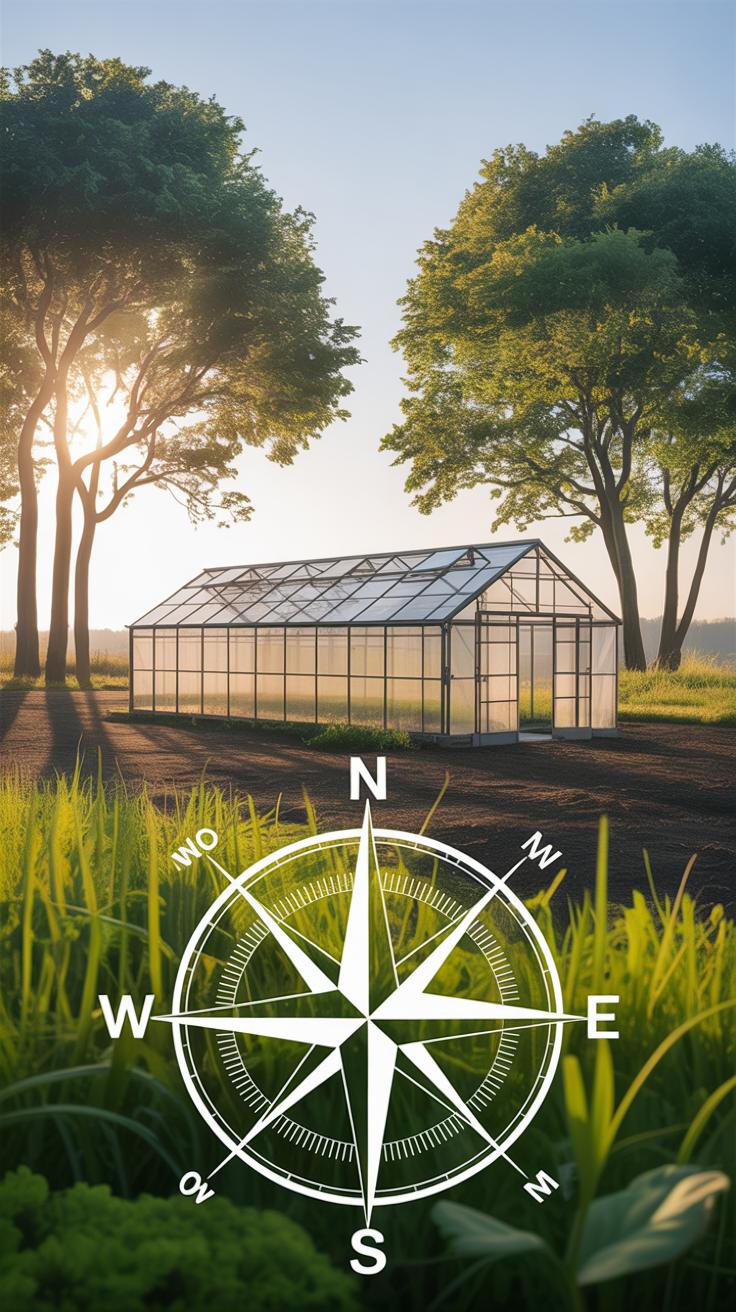
Finding the perfect spot for your backyard greenhouse can feel a bit tricky. You want a place where sunlight floods in, since plants really rely on full sun to thrive in a greenhouse setting. Think about where the sun hits most strongly throughout the day. Usually, a south-facing area works best because it catches sunlight for the longest stretch. If your yard has large trees or structures that cast shadows—well, those spots might not work. Walk around at different times of the day and notice where light lingers. It’s surprising how often the shadiest corner is right near where you planned to build.
Protecting your greenhouse from strong winds is another piece of the puzzle. Winds can chill plants and also make the structure less stable. If you have a natural windbreak, like a fence or hedge, setting the greenhouse nearby can help. Sometimes, just positioning the building close to your house offers shelter and a buffer. I’ve placed mine near an old garden wall, and it’s shielded the greenhouse a lot on blustery days.
Beyond light and shelter, think about convenience. You’ll want easy access to water for daily watering and maybe electricity for heating or lighting during dull winter days. Having these utilities nearby saves frustration later, especially when you’re busy or the weather is rough. So, don’t just pick a sunny spot at the far end of the yard. Consider how often you’ll visit the greenhouse and what’s practical for maintaining your plants comfortably.
Materials and Building Your Greenhouse
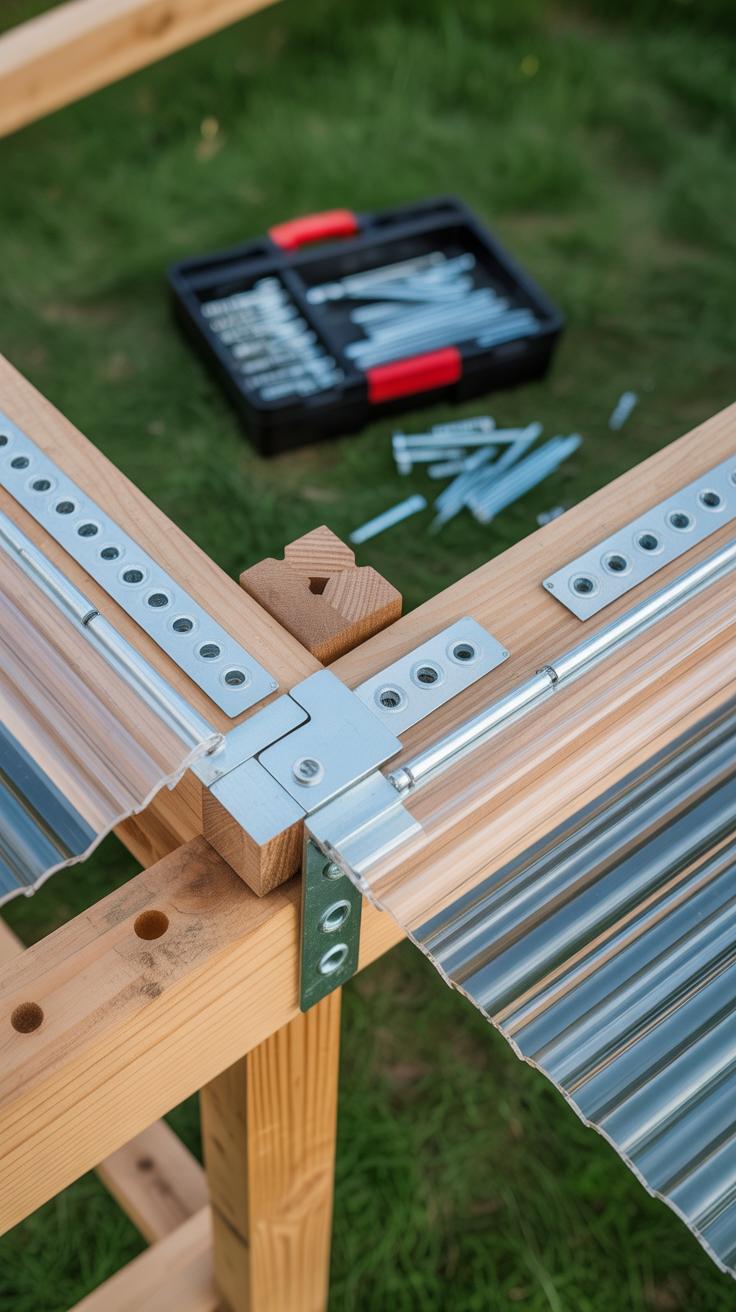
Common Materials
When it comes to backyard greenhouses, the material you choose makes a big difference. Glass panels are classic—clear and sturdy, letting in full sunlight. They look nice too, but glass can be heavy and expensive. Plus, it breaks if hit hard, which worries me if you have kids or pets around.
Polycarbonate sheets are a popular alternative. They’re lighter than glass and stronger against impacts. They also insulate better, so your plants stay warmer. On the downside, polycarbonate can yellow over time and might cost a bit more than simple plastic films. Speaking of films, plastic sheeting is by far the cheapest and easiest to work with. It’s flexible, so you can cover oddly shaped frames, but it tears easily and doesn’t last as long. You might find yourself replacing it every year or two.
Each material brings trade-offs. Are you after longevity or budget-friendliness? Clear visuals or better insulation? These questions guide your choice more than anything else.
Building or Buying
Deciding between building your greenhouse or buying a kit largely depends on how handy you feel and how much time you can commit. Building from scratch is usually cheaper. You can customize size and shape exactly how you want. But it takes planning, tools, and some skill. I once underestimated the time involved—it took me weeks rather than days.
Ready-made kits are convenient. Most come with all parts and instructions. You just need basic assembly skills. Kits often cost more upfront but save hassle. They’re especially good if you’re short on time or don’t want to wrestle with measurements and sourcing materials.
Consider your priorities: budget, time, and confidence with DIY projects. Sometimes spending a bit more for a kit pays off in peace of mind and a quicker setup.
Essential Equipment for Your Backyard Greenhouse
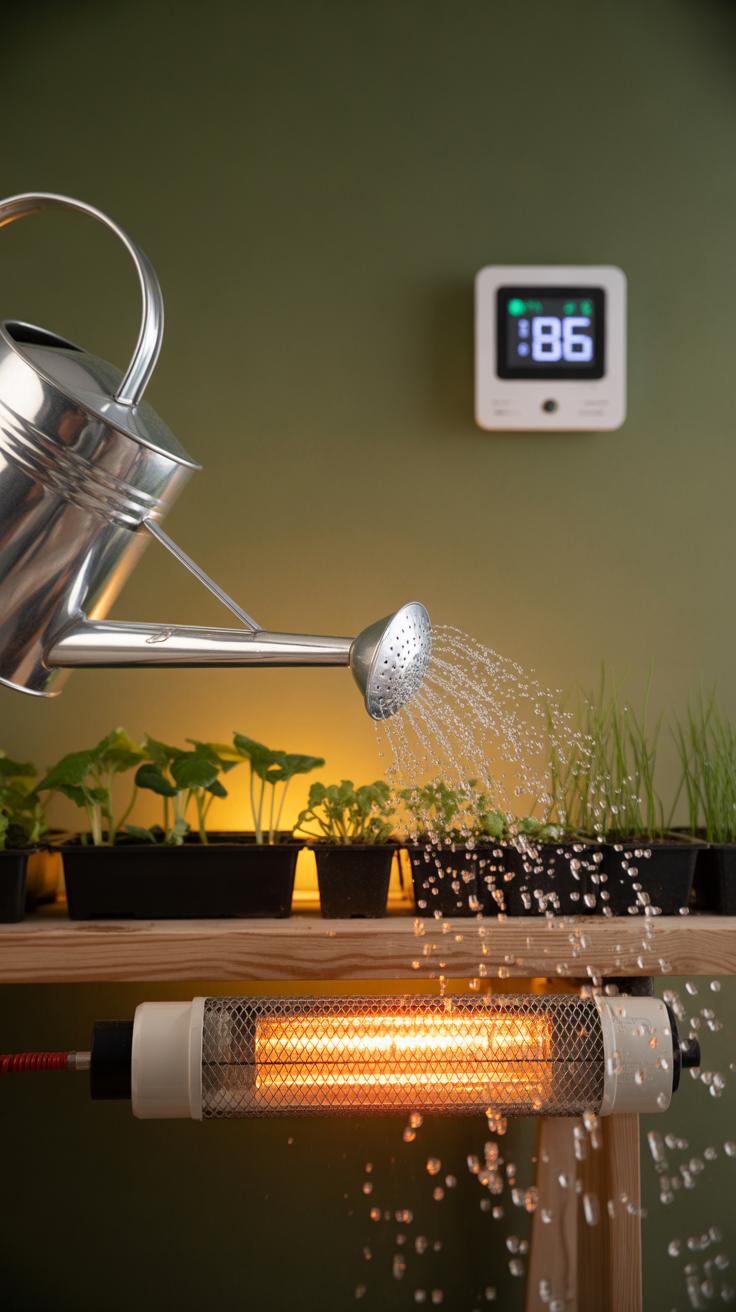
Keeping your greenhouse environment stable requires more than just walls and windows. You’ll need a handful of tools and systems to maintain the right temperature, moisture, and light for your plants. It’s easy to underestimate how quickly a greenhouse can overheat or get too damp without proper control.
Heating and Ventilation
Heating isn’t just for the dead of winter, either. Sometimes those chilly nights in early spring or late fall catch you off guard. Portable electric heaters are popular—simple to operate and usually enough for small-to-medium setups. You might also consider a gas heater if you want something less reliant on electricity, although that requires ventilation.
Speaking of airflow, vents are vital. At least one should be automated to open and close based on temperature. Without ventilation, heat and humidity build up too much, leading to stressed plants and mold issues. Some gardeners use exhaust fans paired with intake vents to keep air moving consistently.
Irrigation and Lighting
Watering plants manually inside a greenhouse might sound doable at first, but it gets tedious fast. Drip irrigation systems work well here—they can run on timers, giving plants a steady supply without overwatering. Plus, they help avoid wetting leaves too much, which can cause fungal problems.
Light tends to be a sneaky challenge. During darker months or cloudy days, natural sunlight just isn’t enough. Grow lights with adjustable spectrums let you mimic sunlight and encourage photosynthesis year-round. You don’t need fancy setups, but having some LED grow lights can make a real difference—I’ve noticed my seedlings grow sturdier when I add a few extra hours of light.
All these components, when balanced right, reduce guesswork and give your plants a chance to thrive even when outside conditions aren’t ideal. Isn’t that the whole point?
Choosing Plants for Your Greenhouse
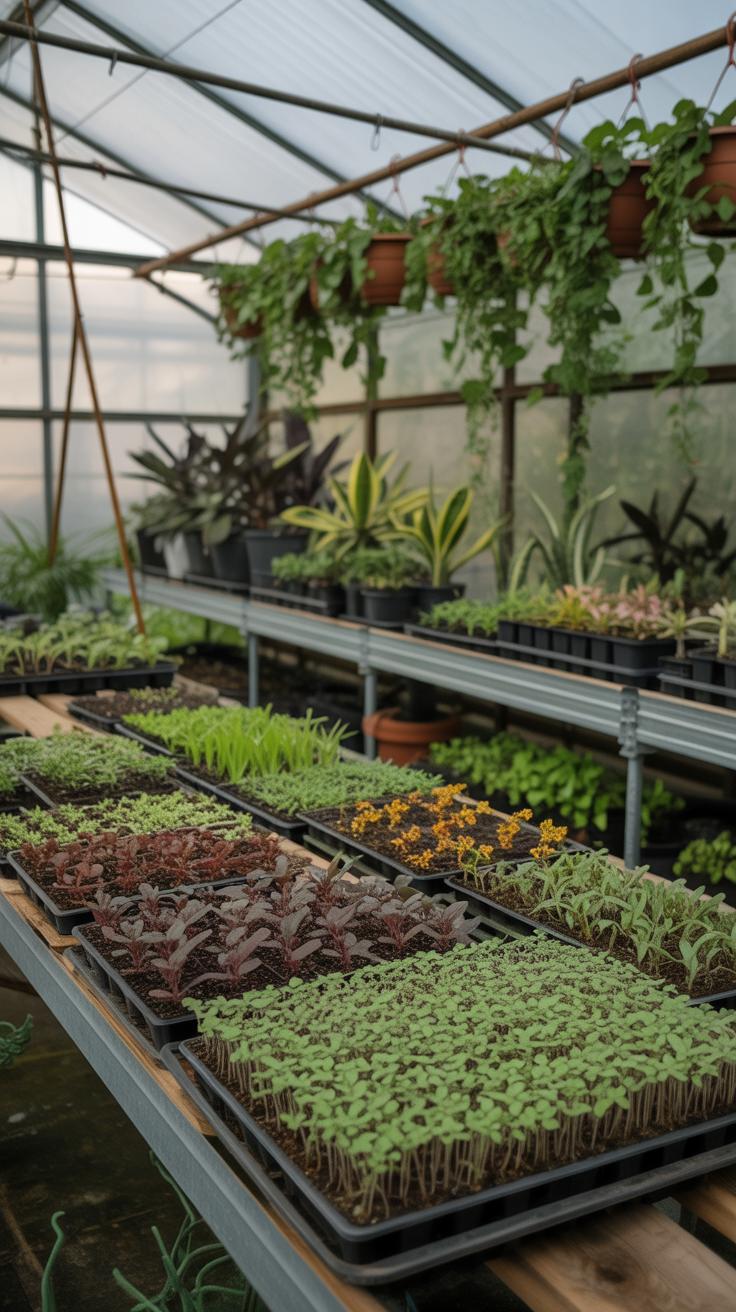
Picking the right plants for your backyard greenhouse isn’t always straightforward. It depends on what you want to grow, the space you have, and how much time you’d like to spend caring for them. But mostly, it’s about understanding which plants actually thrive indoors and can handle the kind of environment your greenhouse offers.
Vegetables and Herbs
Some vegetables adapt surprisingly well to greenhouse life. Tomatoes are a classic choice—they love the warmth and steady moisture. Peppers, too, respond well, especially if you want to try different varieties beyond what your outdoor season allows. Lettuce grows quickly and can be harvested repeatedly, so it’s nice for keeping things fresh.
Herbs like basil, chives, and parsley also do quite well. They don’t demand much space, and their growth indoors means you can nibble on fresh greens even during colder months. If you’re a bit adventurous, you could try mint or oregano, but watch their growth—they tend to spread fast, which can crowd smaller spaces.
Flowers and Special Plants
Flowers in a greenhouse can brighten up your space all year. Petunias and geraniums are popular because they tolerate greenhouse conditions without fuss. African violets, despite seeming delicate, actually thrive with stable humidity and temperature.
Orchids and succulents are more specialized but worth considering if you’re after something unique. They benefit from controlled environments, but their needs differ—orchids often require more humidity, while succulents prefer drier conditions. Trying different flowers can be fun, though you might find some need a bit more trial and error before they look truly happy.
Ultimately, what you pick also ties back to your greenhouse’s setup and your own patience. Will you go for fast growers that reward you quickly, or slow starters that ask more? Thinking about this helps make your greenhouse a productive—and enjoyable—space.
Maintaining Your Backyard Greenhouse
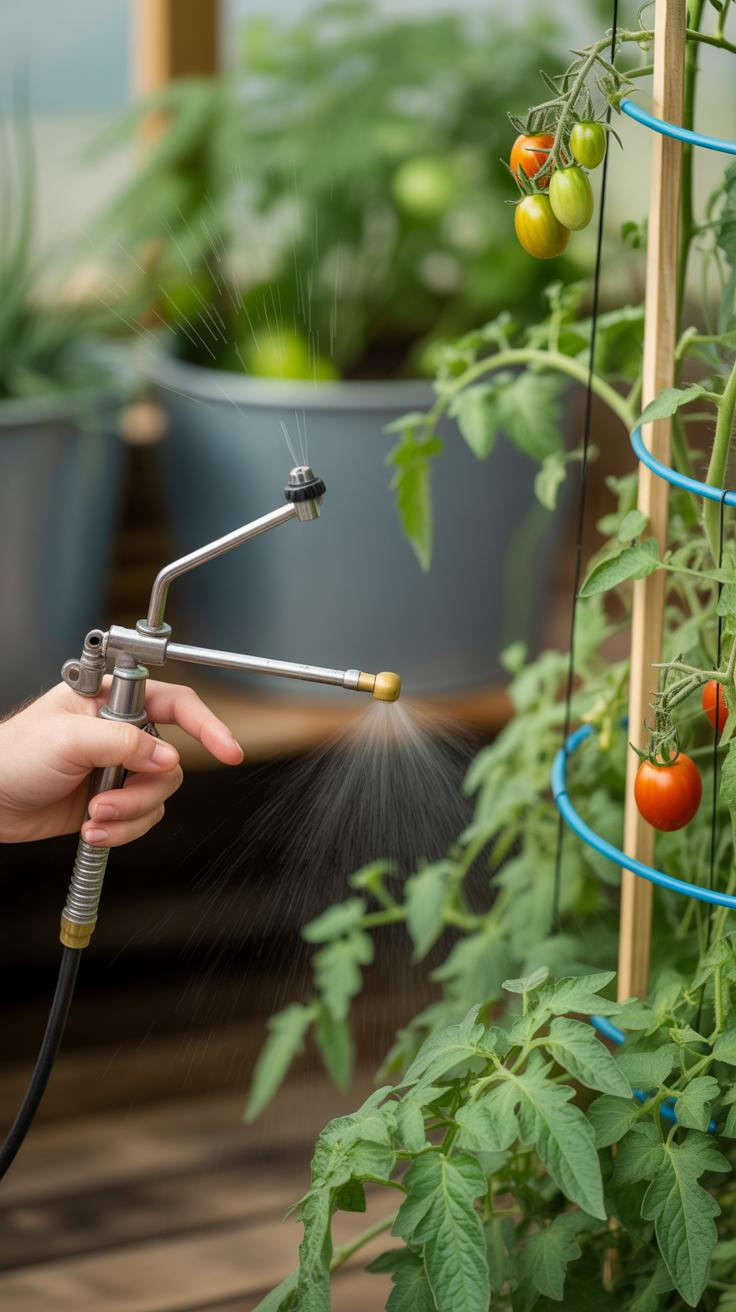
Cleaning and Repairs
Keeping your greenhouse clean isn’t just about looks—it directly affects your plants’ health. Start by washing down all surfaces regularly, especially the glazing panels where dirt and algae can build up. Use warm water with a mild soap or a vinegar solution; I’ve found it’s enough without making things slippery or harsh. Avoid harsh chemicals as they might linger and harm tender seedlings.
Inspecting for damage is often overlooked but crucial. Look for cracks in glass or tears in plastic coverings. Even small holes invite pests or let cold air in, cutting your growing season short. Tighten loose screws or hinges on vents and doors. Sometimes, a quick fix can prevent costly damage later. If you spot a persistent leak or warped frame, it might be time to replace parts rather than patching endlessly.
Monitoring Plant Health
Watching over your plants closely helps catch trouble early—disease or pests rarely announce themselves politely. Check leaves underneath and stems for small insects or spots. Yellowing or wilting plants could signal an issue with humidity or root health, not just water. I usually check several times a week, but well, you might get away with less if you’re attentive.
Pest control doesn’t always mean spraying pesticides immediately. Sometimes, removing affected leaves or using natural predators like ladybugs makes more sense and keeps your little ecosystem balanced. If mold shows up, increasing airflow or reducing watering usually helps.
One question I often ask myself: am I responding fast enough, or just assuming things will right themselves? Timely action often makes the difference between saving a plant and losing it.
Tips To Get The Most From Your Backyard Greenhouse
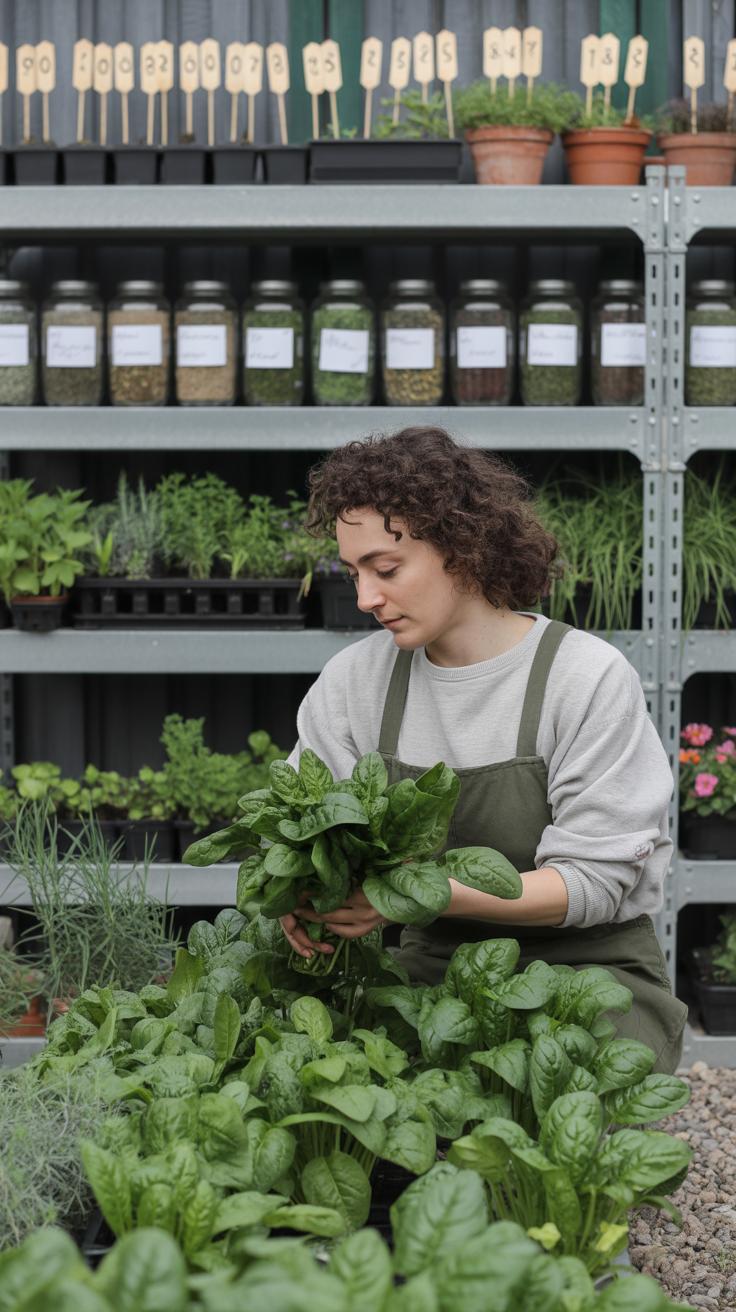
Using your backyard greenhouse well means more than just putting plants inside and waiting. You’ll want to think about what plants work well together—companion planting can reduce pests naturally and help growth. For example, planting basil near tomatoes often improves the tomatoes’ flavor and keeps some bugs away. It’s simple but sometimes overlooked.
Crop rotation matters inside a greenhouse too. Moving plants around prevents soil fatigue and reduces disease buildup. Maybe try rotating leafy greens, root vegetables, and legumes across different beds or containers. That way, you protect your soil and keep harvests steady.
Look around and ask: how can I be kinder to my resources here? Watering with drip lines saves water by directing it straight to roots instead of soaking everything. Collecting rainwater, if possible, also cuts down on your water usage. When it comes to energy, think about passive solar heating or ventilating at cooler times to reduce the need for heaters and fans.
Planning your planting schedule can feel tricky. But spacing crops according to growth time and harvest periods helps you avoid overcrowding and plant stress. Staggering seedlings every two weeks prolongs your harvest and spreads out workload. Don’t shy away from mixing fast growers like radishes with slower ones, like tomatoes—they won’t compete for long.
Keeping a balance of humidity and airflow keeps mold and mildew down, which sometimes sneaks up when you least expect it. You might open vents early in the day or use small fans strategically. Staying attentive to the environment inside your greenhouse, rather than relying purely on gadgets, is key. It teaches you what your plants are really asking for.
Conclusions
Building a backyard greenhouse is a great way to enjoy gardening beyond the normal growing season. By choosing the right structure and tools, you can make your plants thrive even during cold months. Using the tips shared here, you will understand how to keep your greenhouse healthy and productive.
Remember, a good greenhouse protects your plants and offers a perfect climate for growth. With patience and care, your backyard greenhouse can become your favorite place to grow fresh vegetables, flowers, and herbs all year. Start today, and see your garden grow longer.


